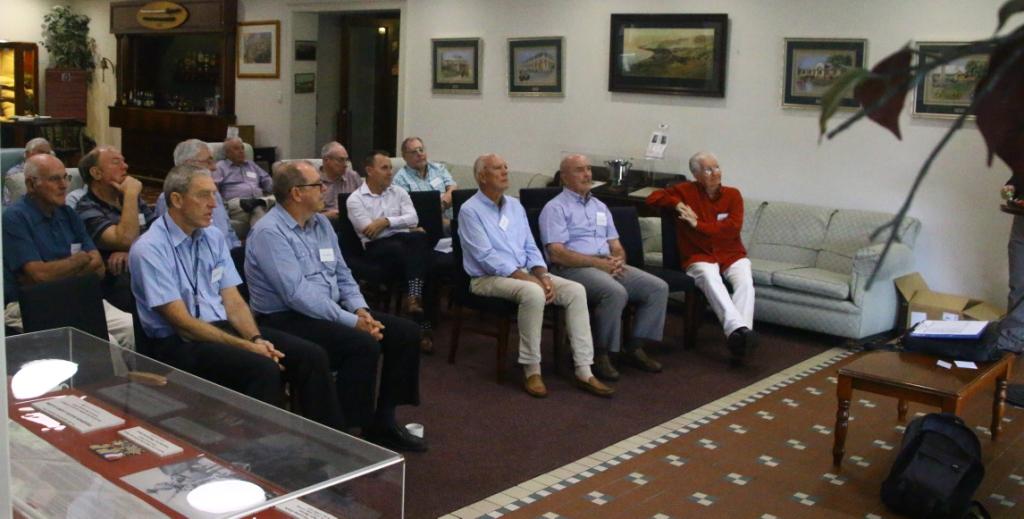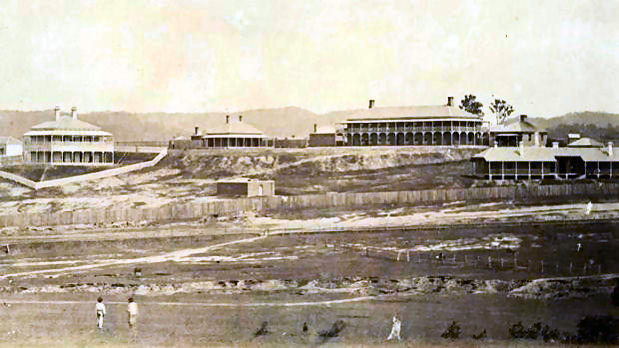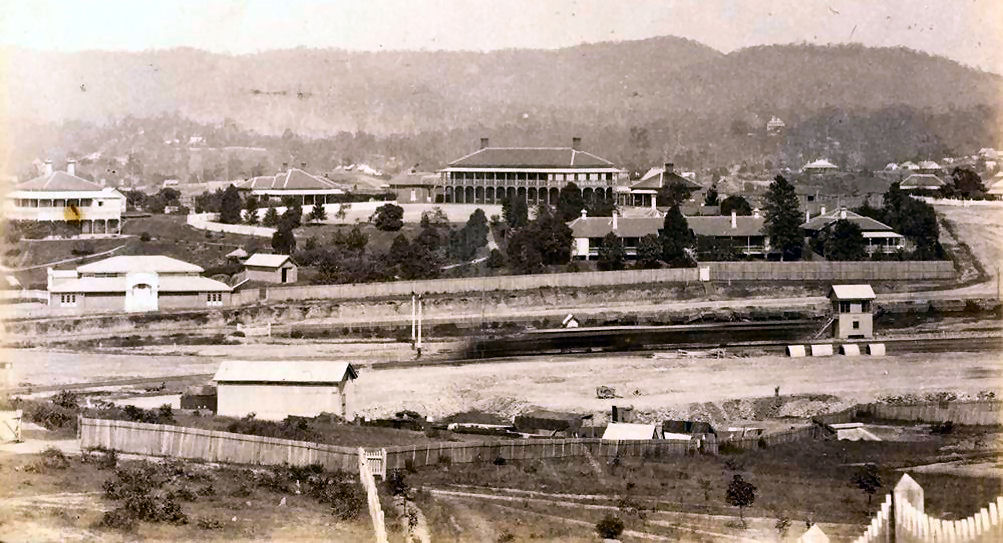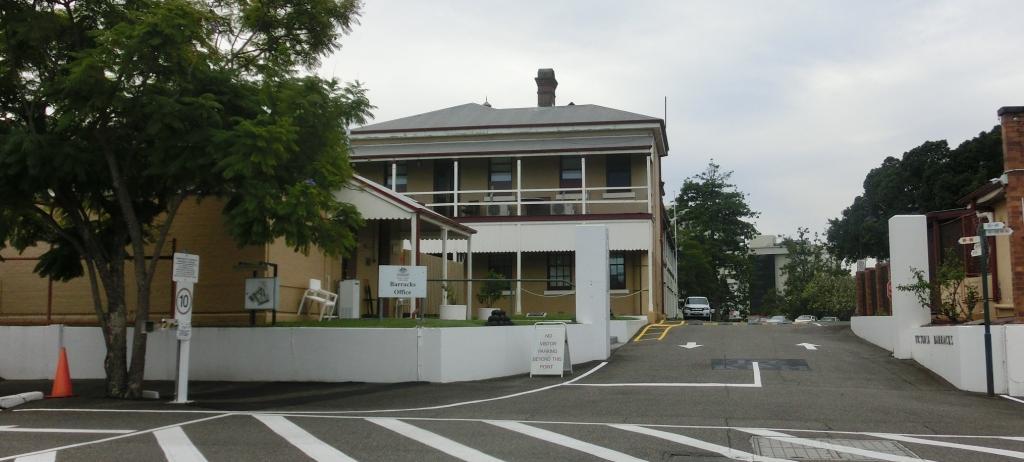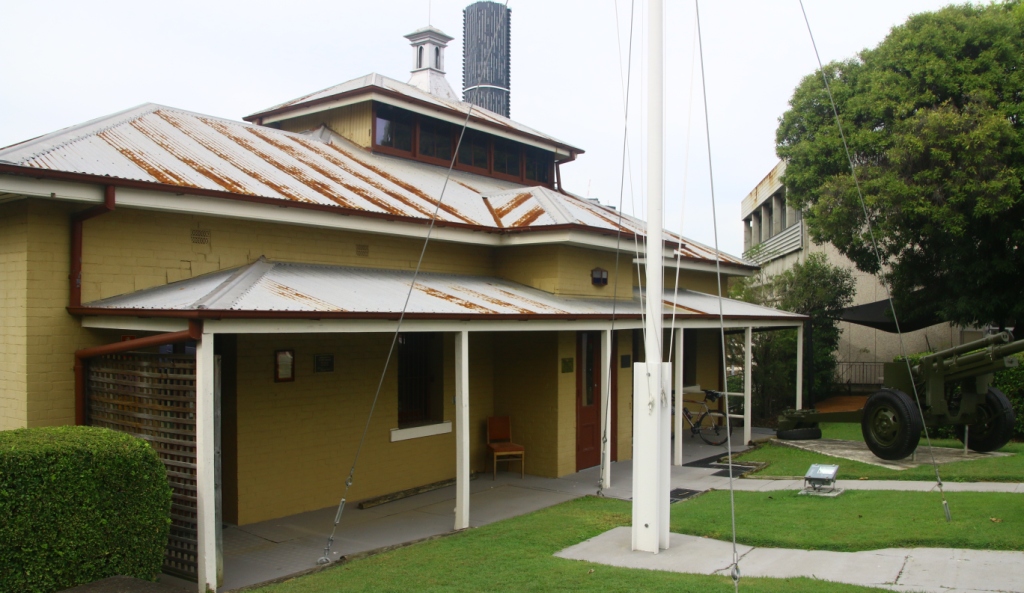|
|
||
|
||
|
Privacy Policy | Editorial Policy | Profit Policy | Join the Association | List of Members | Contact us | Index | Links |
||
|
Back Go to page: 1 2 3 4 5 6 7 8 9 10 11 12 13 14 15 16 17 18 19 20 Forward
|
||
|
|
||
|
REOAQ (Retired Engineer Officers Association of Queensland) The formation of the Retired Engineer Officers Association of Queensland (REOAQ) was initiated by GPCAPT (Retd) Brian Duddington AM (right) back in October 2012, following detailed discussions with REOAV committee members and later with AIRCDRE (Retd) Ian Ashbrook AM, and WGCDR (Retd) Graham Matthews. Once agreed by the team to be achievable and appropriate, approval from the Board of the long-established Victorian association to form a sister club in South-East Queensland was sought and achieved.
The REOAQ structure, role and function are modelled on the REOAV. The constitution for the Queensland association also is modelled on the Victorian version. Reciprocal rights of attendance to meetings and the sharing of information are encouraged.
The Association has two major objectives:
The first meeting was held in the now closed Irish Club, Elizabeth Street, Brisbane, on the 20th February 2013 when the first committee was formed. The elected committee comprised of SQNLDR (Retd) Darryl Macklin (President), WGCDR (Retd) Graham Matthews, Secretary and SQNLDR (Retd) Warwick Reading as Treasurer. This committee remained in place until Warwick Reading retired unexpectedly in December 2013 and was replaced by Brian Duddington.
On 16 April 2015, the venue for the meetings which are held on a two to three month basis was moved to the Toowong Bowls Club. Coincidental with the change of venue, long-serving president Daryll Macklin announced his resignation and was succeeded by WGCDR (Retd) Bevan Ford. Other committee positions remain unchanged. However, the distance from the Toowong station to the venue proved an inconvenience for those travelling by public transport so, on 26 November 2015, the Association again moved; this time to Victoria (Vic) Barracks (above).
To date,
about ninety retirees from the RAAF Engineer Branch have been
The most recent meeting by the Association was held at Victoria Barracks Brisbane on the 11th May in the historic and very popular old Officers Mess, now the Vic Barracks Brisbane Club, an all ranks Army Mess. Such meetings are planned and arranged on a quarterly basis by the committee (Bevan Ford, President; Brian Duddington AM Treasurer; and Graham Matthews, Secretary) in close relationship with the PMC of the Mess. The format generally is fellowship and drinks, followed by lunch and then a guest speaker spot, with presentation topics normally of a scientific or related discipline.
|
||
|
|
||
|
This meeting, which the committee decided would be a self-catered B-B-Q, commenced at midday in the grounds of the Mess with "Duddo" and Graham on the tongs. At the same time, Bevan was on the walk with money bag in hand, collecting the member’s hard-earned dollars which would be used to pay for the succulent rib fillets and other delicacies on offer. Of course, there could not be a Defence-related B-B-Q without a bar service which was provided on this occasion by the PMC’s daughter Luki Nally.
Instigator, treasurer, organiser, goffer, cleaner upperer and snag roller extraordinaire, Brian “Duddo” Duddington with Luki Nally.
After Duddo and Graham had done their magic and all the food was cooked to perfection, the troops helped themselves to the salad bar then lined up, Airman’s Mess style, for the meat.
|
||
|
L-R: Luki Nally, Graham Matthews, Brian Duddington (back to us), Phil Duncan Ian "Tiny" Ashbrook, Kev Carroll, Kev Maddox, Mal Benfer, Bob Bird, Dr Paul Pounds, Don't know (hidden), Frank Peronne.
|
||
|
With hunger no longer an issue, the group adjourned to the Anti-Room where they were treated to a most entertaining and educational presentation and demonstration by Dr Paul Pounds, from UQ’s School of Information Technology and Electrical Engineering. Paul is a lecturer in mechatronics and is a specialist in miniature unmanned rotorcraft dynamics, stability, propulsion and control and whose achievements include being named as a 2013 Australian Research Council Discovery Early Career Researcher Award winner and a 2015 Queensland Young Tall Poppy winner.
|
||
|
Inside the Old Officers' Mess.
|
||
|
|
||
|
|
||
|
While
there he designed and built a revolutionary UAV (a quadrotor UAV) which
he hopes will be used by and help surf lifesavers, police, fire fighters
and rescue workers across Australia and around the world. Brisbane-based
air, ground and marine robotics company V-TOL Aerospace will manufacture
a prototype of the vehicle which could replace piloted helicopters in
searc
His unique design incorporates a main centre rotor for lift and three perimeter rotors for direction and attitude control. This vehicle has proven to be more agile, responsive and energy efficient than existing quadrotor designs.
It combines the aerodynamic efficiency of a helicopter with the simplicity and robustness of a quadrotor,
|
||
|
The troops listening intently to Dr Paul Pounds explaining the huge and rapid advancement in robotics.
|
||
|
While in
the Mess we did see an item that a lot of people wouldn’t know even
existed– the very first “State of Origin” trophy.
The trophies were made from 120 mm Japanese shell casings with two handles mounted, one on each side and were chrome plated. The Rugby trophy is engraved with the words: “Interstate Rugby League Series, Bougainville September 1945, won by Queensland 10-9 and 20-13”. It was presented to the Qld team by Major general W Bridgeford CB, CBE, MC.
Many of the players were A-graders from Brisbane and Sydney and the referee was Brisbane’s Frank Ballard. The game was broadcast to the 330,000 troops serving in PNG. The cup was handed over to the Qld Rugby League at half time in a Brisbane Club Match in 1946 and was donated to Victoria Barracks in November 1998.
You can see further info HERE.
When you're from the farm, your perception is a little bit different.
A farmer drove to a neighbour's farmhouse and knocked at the door. A boy, about 9, opened the door. "Is your dad or mom home?" said the farmer. "No, they went to town." "How about your brother, Howard? Is he here?" "No, he went with Mom and Dad." The farmer stood there for a few minutes, shifting from one foot to the other, mumbling to himself, when the young boy says, "I know where all the tools are, if you want to borrow one, or I can give Dad a message." "Well," said the farmer uncomfortably. "No, I really want to talk to your Dad, about your brother Howard getting my daughter Suzy pregnant". The boy thought for a moment, then says, "You'll have to talk to my Dad about that. I know he charges $500 for the bulls and $150 for the pigs, but I have no idea how much he charges for Howard."
Vic Barracks is a working environment with the Army in residence and we met with Captain Stephen Beck who is a very proud and enthusiastic curator of the Army Museum, South Queensland which is also housed in the complex. The Army maintains a total of 16 museums in Australia under the command of the Australian Army Historical Unit. Click HERE for the full list of Museums.
Vic Barracks - 1868
|
||
|
|
||
|
Vic Barracks - 1882. |
||
|
|
||
|
Back in 1864, to house Queensland's quota of 100 Imperial (British) troops, new barracks were built on the out-skirts of Brisbane in what is now Petrie Terrace. This is an elevated site and was chosen as it commanded strategic control of the wharves and government stores on the South Brisbane Reach at the river end and, to a lesser extent, the town itself. Surviving from this original Barracks are a guard house, officers' quarters and a main barracks building. The barracks were soon extended in 1866 and 1867 to provide a military hospital and a commanding officer's residence. Imperial troops were withdrawn from Australian service in 1870 and Queensland, like other states, was left to muster its own defence force. From 1875 to 1885, the Barracks were occupied by the police force that controlled most of the site and built the police stables in 1875. During the Police period of occupation, the military hospital was used as Queensland's first lunatic reception house — a staging post where mental patients were considered for institutionalisation at the still standing Woogaroo Lunatic Asylum at Wacol.
Interest in the Pacific was growing and Lt. Col. Scratchley and Major General Jervois were asked by several colonial governments to make recommendations. Queensland was advised to build fortifications on the Brisbane River, purchase gunboats and raise a permanent force. In 1876 Parliament approved the purchase of I,000 Snider rifles and the appointment of a commandant of the Volunteer Force. The south-east seaboard adopted a fortification landscape. When a permanent Queensland Defence Force (QDF) was established in 1885 under Lt. Col. (later Major General Sir) George Arthur French, Royal Artillery, he urged the Government to form a battery of permanent artillery that would also provide a school of instruction and to replace the volunteers with a militia; volunteers were downgraded to rifle club status. The Barracks were reoccupied for military use and have remained as military headquarters since that time.
|
||
|
|
||
|
The Barracks consist of a complex of 25 buildings dating from 1864 to 1967 and varies from small ancillary structures such as carports and plant rooms to large 4-story office buildings. They are planned around a central parade ground and are constructed mainly of brick with corrugated iron roofs. The Barracks represent on a small scale the principal characteristics of 19th century British Empire military barracks — an elevated and strategically located site, a central parade ground with flanking buildings containing soldiers' barracks, officers' quarters, hospital and guard house and with separate ordnance and transport compounds.
|
||
|
|
||
|
They clearly demonstrate the military lifestyle of the nineteenth century.
Victoria Barracks is strongly associated with the development of Australia's Imperial, Colonial and Commonwealth Defence forces and with that phase of Queensland's history when it maintained its own Defence force. It is also significant for housing psychiatric patients during the late nineteenth century and demonstrates aspects of nineteenth century attitudes to mental health. Building El, built in 1866 was used as the superintendent's quarters for the hospital and later the Lunatic Reception House and has a rare intact fireplace.
|
||
|
The building above was built in 1864 and were constructed to house 2 Officers and 100 Imperial Colonial Troops. Back then this area was known as "Green Hills". |
||
|
|
||
|
The Building below which was built as a female ward for the former Lunatic Reception House, has important features which show the building's use as a mental health institution, including the vertical pivoting windows, the pass-through hatches, the grate hinges, the metal-lined doors, the door with a sliding hatch and the change in window style which indicated former cell door openings.
During World War Il Victoria Barracks became the Headquarters of the Lines of Communication with the move of the Allied Headquarters from Melbourne to Brisbane commencing in July 1942. General Sir Thomas Albert Blamey was Commander-in-Chief of the Australian Army and controlled forces in the Middle East, New Guinea and the South West Pacific. This control was exercised through the Head Quarters Lines of Communications at Victoria Barracks until late in 1944 when Blamey's Head Quarters moved to Morotai. Other buildings housed the major communications centres for the Australian Army as well as the cipher machines which linked the Australian Army to London, Washington, other major Allied capitals and defence headquarters overseas as well as formations deployed in the South West Pacific operations. Servicewomen coded and decoded the messages passing through the Line of Communication. At the height of these operations some 70,000 coded words per day passed through these buildings. In 1941 a large office block was built for WWII which remains to the present day. Since the late 1990's Victoria Barracks has diminished as a major barracks with most of the Head-quarters elements now housed at Gallipoli Barracks Enoggera.
From 1885 to the present day the military has occupied Victoria Barracks. From these barracks men would be trained and depart for the Boer War, the barracks would play a significant role in WW1, and WW2, along with less administrative type roles during conflicts such as Korea, Malaya, Borneo, and Vietnam. Many current serving defence force members posted here are veterans of Australia’s current conflicts and peace keeping operations, such as East Timor, Solomon Islands, Iraq and Afghanistan.
The Vic Barracks museum is definitely worth a visit. Visits are arranged for groups of (preferably) 20 or more and cost $10 per head. You are given an excellent walk around description of the museum and at the conclusion are treated to a Devonshire Tea. The museum is open from 10.00am to 3.00pm on Monday, Thursday Friday, Saturday and Sunday (closed Tuesdays and Wednesdays). Do yourself a favour, put a group together and enjoy yourself.
You must pre-book and can do that by ringing 07 3233 4531 or by logging on to their site HERE.
|
||
|
|
||
|
|
||
|
|
||
|
Back Go to page: 1 2 3 4 5 6 7 8 9 10 11 12 13 14 15 16 17 18 19 20 Forward |
||
|
|

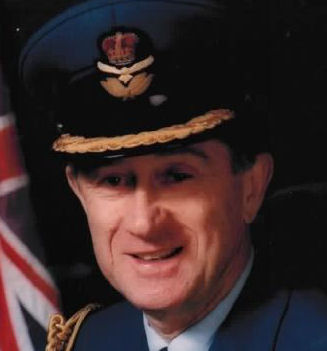
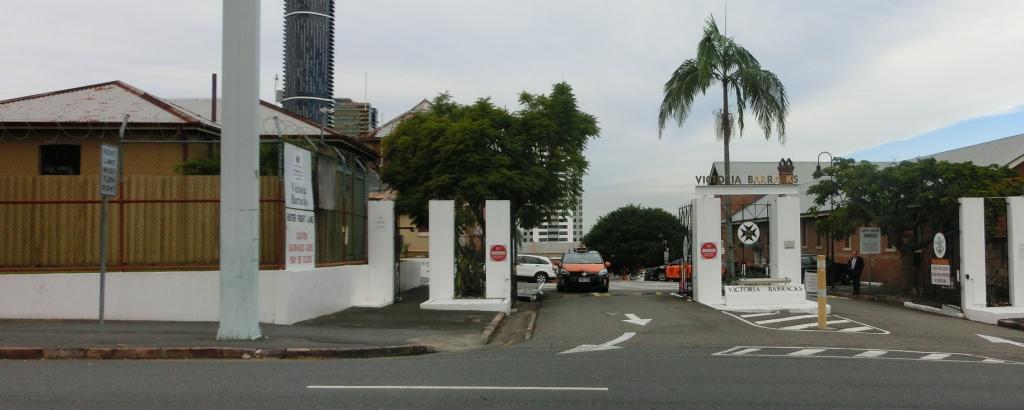
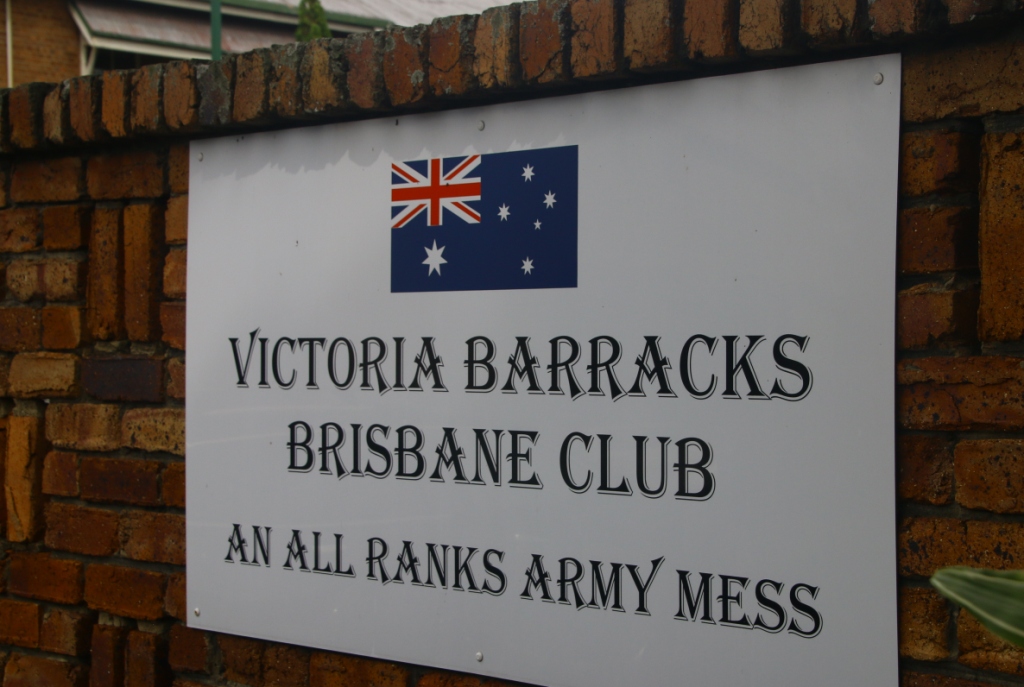 identified
as living within comfortable travelling distance from the Brisbane CBD
and hence, could be expected to attend events organised by the
Association. As such, expectations are that, if appropriately managed,
the REOAQ could be expected to remain relevant well into the future,
preserving a valuable asset to those who enjoyed their time in the Air
Force and wish to continue to be involved; albeit from a distance.
identified
as living within comfortable travelling distance from the Brisbane CBD
and hence, could be expected to attend events organised by the
Association. As such, expectations are that, if appropriately managed,
the REOAQ could be expected to remain relevant well into the future,
preserving a valuable asset to those who enjoyed their time in the Air
Force and wish to continue to be involved; albeit from a distance.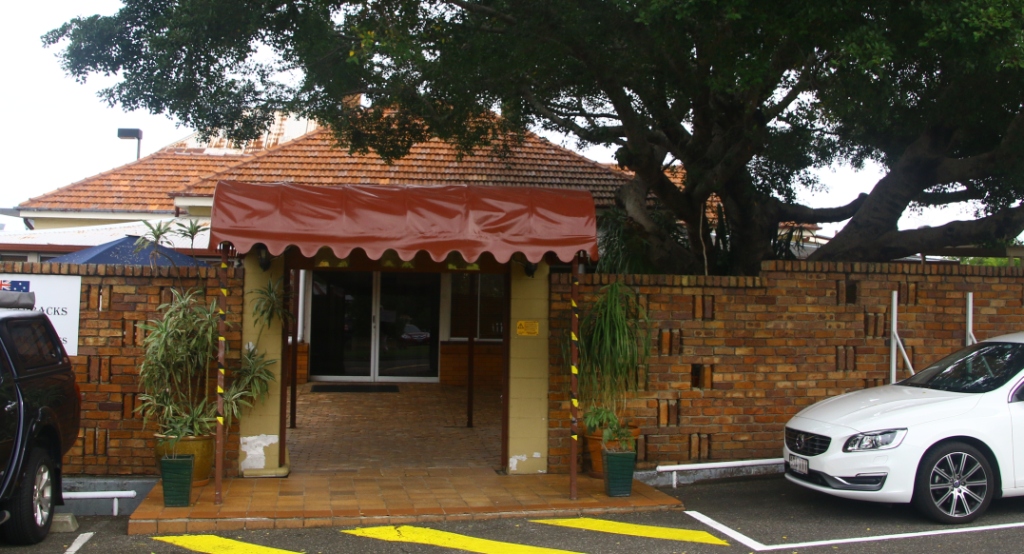
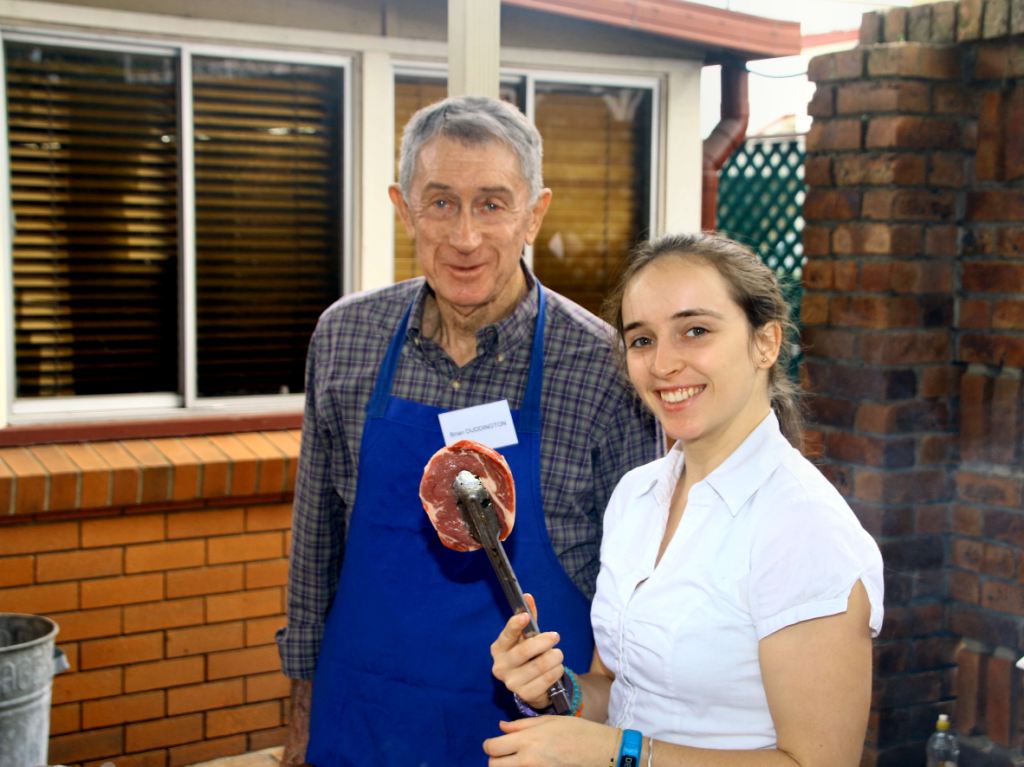
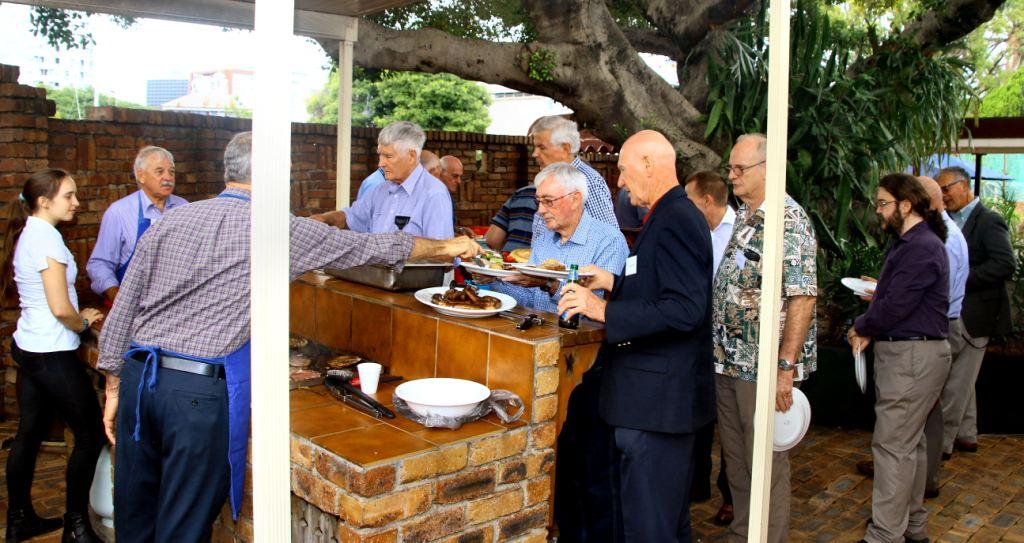
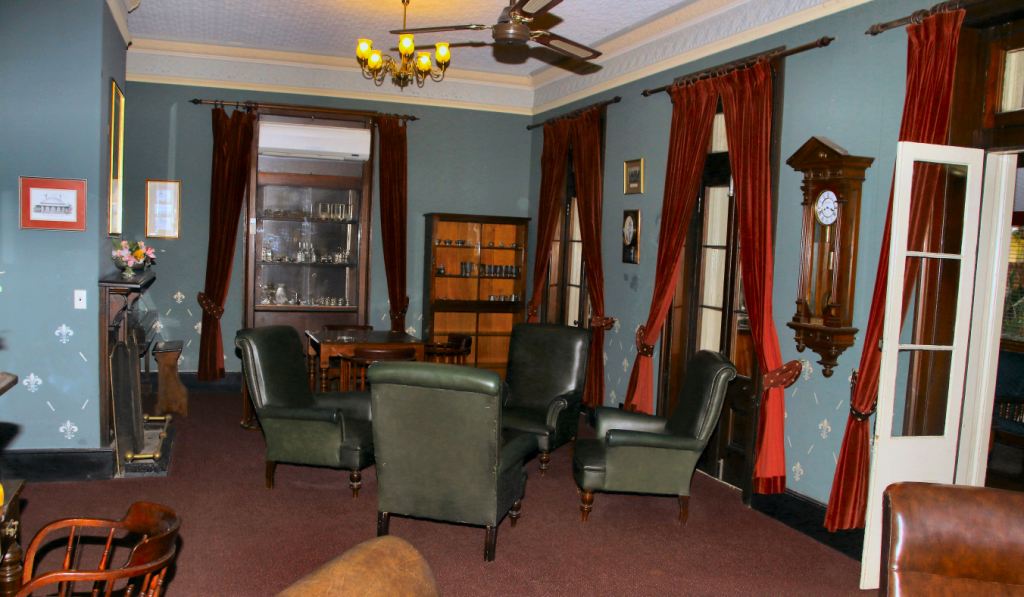
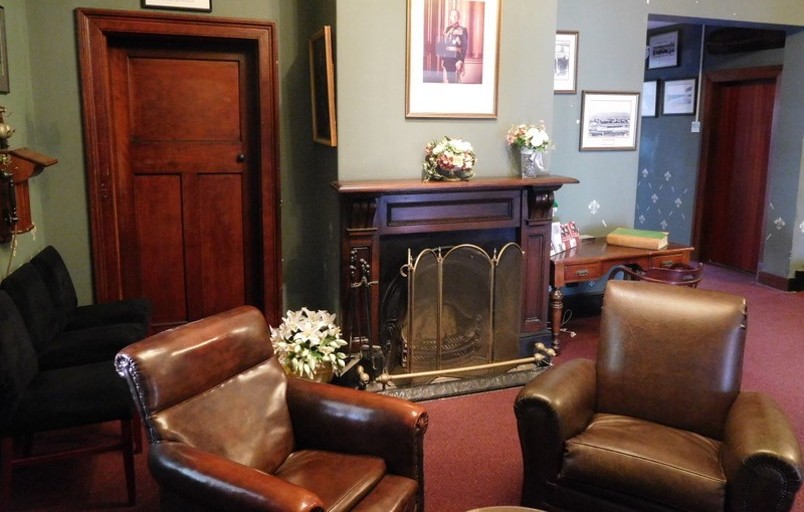
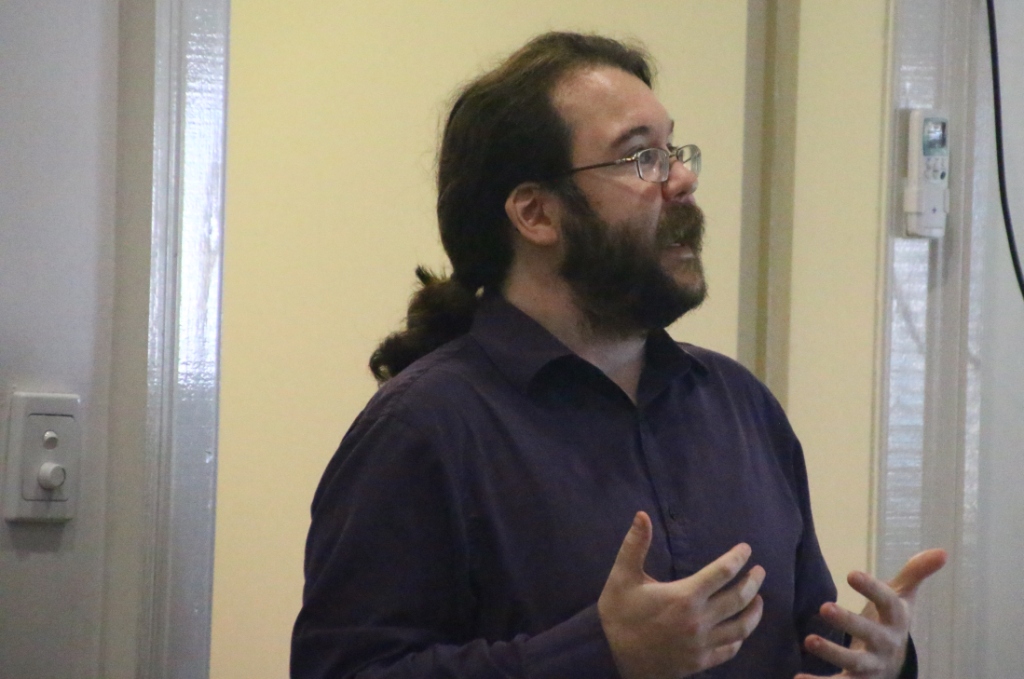
%20a.jpg)
